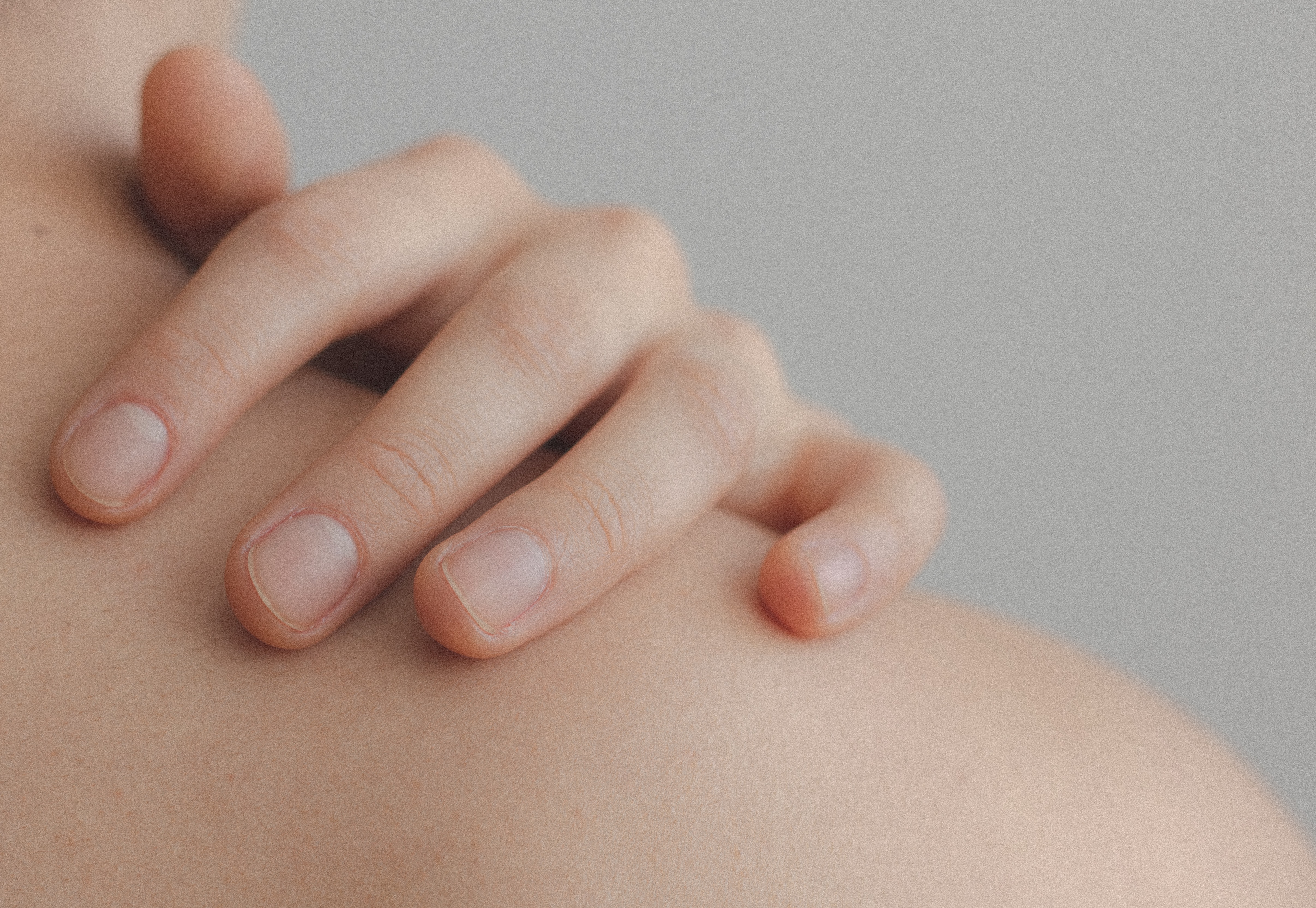
Take this skin quiz to find the best ingredients for your skin and build your skin care routine.
Take The Skin Quiz
Tretinoin is one of a category of medications called retinoids. It’s a form of vitamin A that acts on the skin by increasing skin cell production and turnover. Tretinoin boosts the exfoliation process, causing your skin cells to slough off and regenerate more quickly.
Topical tretinoin has a variety of uses in skin care products. Because it acts to increase cell production and slough off the outermost layer of skin cells, tretinoin is great for revealing an overall healthier complexion and more youthful skin with an even complexion.
Tretinoin specifically can reduce the appearance of dark spots, liver spots, melasma, and hyperpigmentation. It is useful in treating sun damage in general to the face and neck and gives the skin a brighter, more uniform, and youthful color.
It is also used to treat acne by expelling comedones or clogged and infected pores. Rough, irritated skin flakes off and a healthier complexion is left in its place.
Because tretinoin promotes skin cell regeneration, it's also one of the best anti-aging ingredients out there.
Tretinoin comes with many skincare benefits, but it also has many drawbacks.
Because tretinoin works by sloughing off skin cells and regenerating new ones quickly, when you first start using it, you will likely have patches of redness, irritation, and flaky skin. If you have acne, it may look and feel worse for a week or two because there have been blemishes and pore blockages forming in the deepest layers of your skin that are coming to the surface. People with skin sensitivities can experience severe irritation, redness, inflammation, and burning. It may take up to 8-12 weeks before your skin starts to look more healthy and youthful.
Another drawback to tretinoin is that it makes your skin more sensitive to sunlight and sunburn. Tretinoin is also not approved for use in anyone under 18 or for women who are pregnant or breast-feeding.
Because of the many drawbacks of tretinoin, it's only available via dermatologists' prescription or telemedicine brands, making it harder to get.
Bumpy skin is actually called keratosis pilaris, and it is a common—and harmless—skin condition that is most typically found on the upper arms and thighs. Bumpy skin is caused by the buildup of keratin proteins which plug hair follicles, thus resulting in tiny bumps and often rough, dry skin. Usually, this condition begins in childhood and often dissipates with age.
Sometimes bumpy skin are caused by clogged pores that are deep under your skin.
Jojoba oil and rose hip oil are good for improving sebum texture and keeping in moisture for healthier skin. Ingredients that help exfoliate dead skin cells and increase new skin cell production, such as Vitamin A/Retinol, glycolic acid, and salicylic acid, are good for keeping skin smooth as well.
tretinoin may be effective for bumpy skin, but there are many other factors that may affect whether this ingredient would work on your skin or if there are better ingredients that may work for you. Take this skin quiz to find the best ingredients for your skin and build your skincare routine.
Next: Does glycerin work on dark spots ?